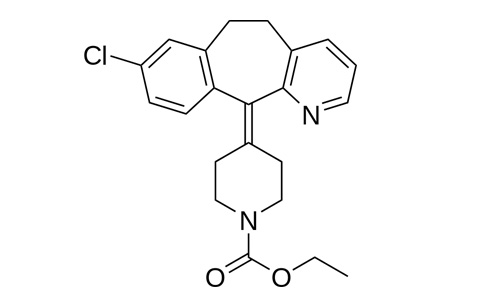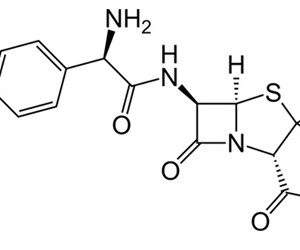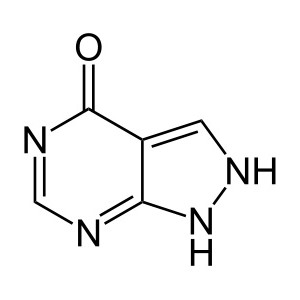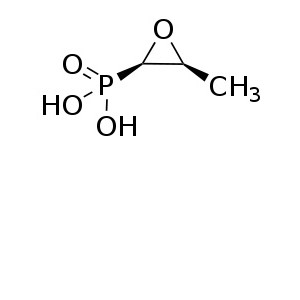Welcome visitor you can
login or register
0 items - $0.00
No products in the cart.
Loratadine
Loratadine is a second-generation[1] peripheral histamine H1-receptors blocker[2] used to treat allergies. In structure, it is closely related to tricyclic antidepressants, such as imipramine, and is distantly related to the atypical antipsychotic quetiapine.[3]

Make an enquiry for this product
Category: Active Pharmaceutical Ingredients
Starting at
Product Description
| Ethyl 4-(8-chloro-5,6-dihydro-11H-benzo[5,6]cyclohepta[1,2-b]pyridin-11-ylidene)-1-piperidinecarboxylate |
| Trade names | Claritin |
| AHFS/Drugs.com | monograph |
| MedlinePlus | a697038 |
| Pregnancy category |
AU: B1 US: B (No risk in non-human studies) |
| Legal status |
CA : OTC UK : General sales list (GSL, OTC) US : OTC |
| Routes of administration |
oral |
| Bioavailability | almost 100% |
| Protein binding | 97–99% |
| Metabolism | Hepatic (CYP2D6- and 3A4-mediated) |
| Biological half-life | 8 hours, active metabolite desloratadine 27 hours |
| Excretion | 40% as conjugated metabolites into urine Similar amount into the feces |
| CAS Number | 79794-75-5 |
| ATC code | R06AX13 |
| PubChem | CID: 3957 |
| IUPHAR/BPS | 7216 |
| DrugBank | DB00455 |
| ChemSpider | 3820 |
| UNII | 7AJO3BO7QN |
| KEGG | D00364 |
| ChEMBL | CHEMBL998 |




